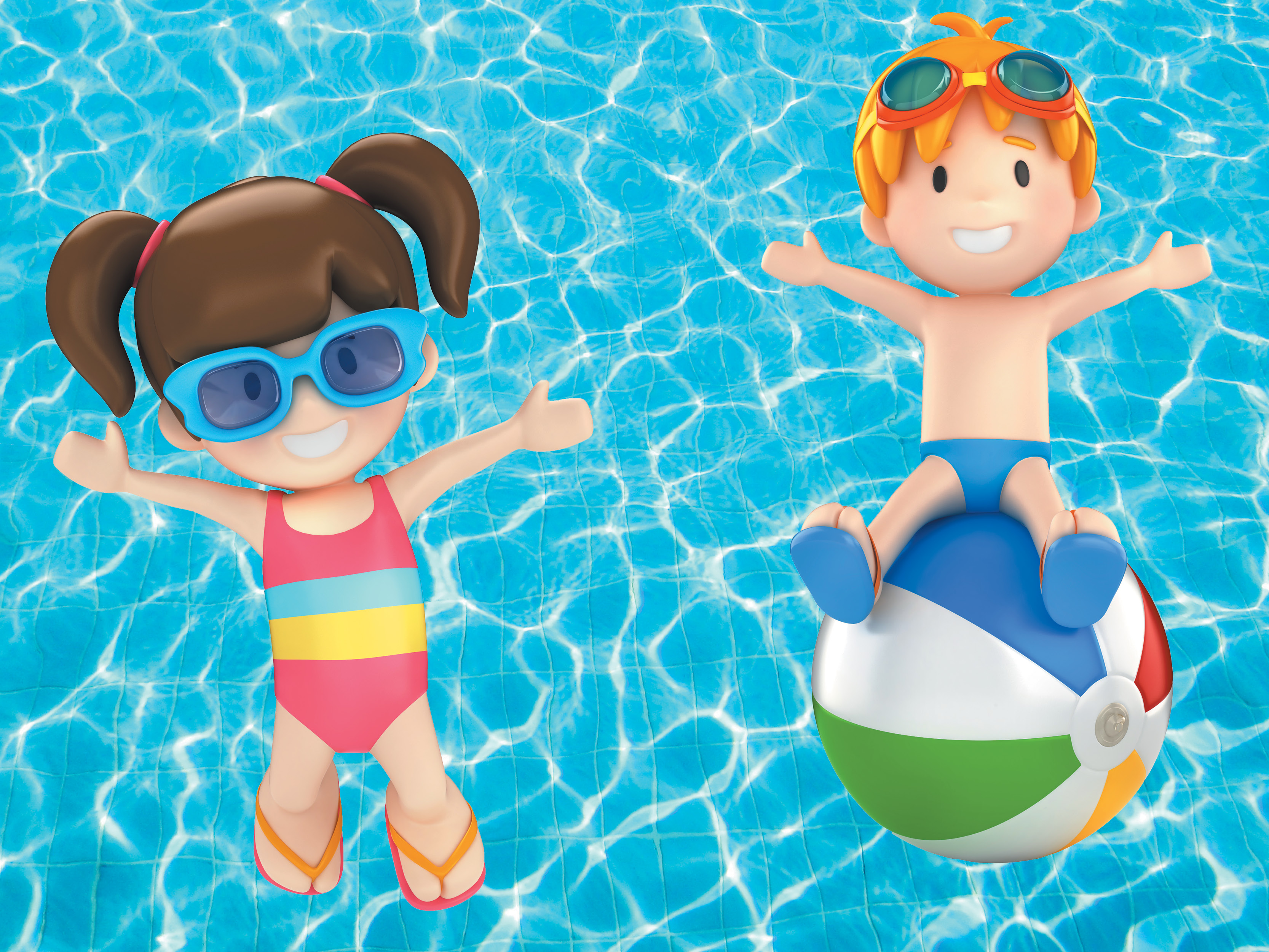By Jill Frier
Summer is fast approaching and, unfortunately for the Valley of the Sun, so is accidental drowning season. City resources, state agencies, and first responders come out in droves this time of year cautioning parents to “Watch Your Kids Around Water.” Sadly, drowning is one of the leading causes of death for children under age four in Arizona. While most children drown in their own pools, other water sources can also be dangerous, including lakes, canals, buckets, toilets, bathtubs, and ponds. Anyone who cares for children should be aware of the potential dangers and possible tragedies of drowning. Here are some safety tips to help you keep your kids safe around water as the weather warms up and pools become more attractive to children everywhere.
Preventing Drowning
In addition to teaching kids how to swim, the best way to prevent drowning is to watch kids when they are in or around water – without distractions. Put the cell phone or the iPad down and be sure to always keep children within reach of an adult. Never leave a child alone around a water source. It only takes two inches of water and a few seconds to drown.
Other ways to prevent drowning:
• Use an approved barrier to separate the pool from the house.
• Keep large objects that kids can climb on, like tables, chairs, large toys, or ladders away from pool fences.
• Teach your children to always ask for permission to go near the water so they develop quality water safety habits at an early age.
• Don’t allow kids to play in the pool area and don’t store toys near the pool.
• Don’t allow anyone to swim alone – always swim with a buddy.
• Drink plenty of water, even if you aren’t thirsty, and avoid alcohol to prevent dehydration.
• Keep life-saving devices like hooks, poles, or flotation devices near the pool and readily available.
• Always have a designated child watcher whenever kids are near a pool or water source and take the kids with you when you leave the area.
• If a child is missing, check the water first because every second counts to prevent drowning.
• Make sure everyone in your family, children and adults, learn to swim.
• Don’t forget the non-pool areas, too. Be sure to empty all tubs, buckets, containers, and kiddie pools immediately after you use them. Store containers upside down so they don’t collect water, and keep toilet lids shut and doors to bathrooms and laundry rooms closed.
Helping Someone in Danger
Do you know what to do in an emergency? By definition accidents are unexpected, which is why it is always a good idea to learn CPR and basic water rescue skills. You never know when you may need to step in and save someone’s life, whether a child or an adult.
The main steps to remember if you find someone in trouble in a water emergency are:
- Yell for help and pull the person out of the water.
- Call 9-1-1 immediately and stay on the line with the operator for instructions.
- Begin CPR, if you know it.
- If you are not trained, follow the instructions from the 9-1-1 operator until help arrives.
Plan ahead and prepare yourself to know what to do in an emergency, because learning CPR and basic water rescue skills may help you save a life.
Learning to Swim
One of the most important things you can do to keep your kids safe around water is to teach them to swim. Swimming lessons not only teach kids how to swim when they are in the water, they also teach kids to respect the potential dangers of the water and the rules for being safe around a pool. Get your kids familiar with water, comfortable with the rules for a swimming pool, and respectful of the dangers that come with drowning.
“As a parent, it’s imperative to remember that there’s no substitute for active adult supervision of your kids around water, even when it comes to the bath or anywhere with as little as an inch of water,” explains Kathy Hubbard, co-owner of Hubbard Family Swim School. “But an important line of defense for your children is having the ability to swim on their own. If your kids are not already enrolled in swim class, there’s no better time than the present to get them started.”
“And if they have any reservations or concerns about swimming, ask them to share those with you,” Hubbard adds. “It’s best to keep an open dialogue going with your little ones so you can help them get comfortable in the pool, and ultimately learn water safety and potentially life-saving swim skills.”
There are many different options for swimming lessons and a huge range of prices, times, and locations. You can sign them up for private or group swimming lessons at one of the many swim schools in town or go to a city pool or nonprofit community center. To start, search online for swimming lessons near you, ask friends who they have worked with before, or visit your city’s parks and recreation website.
Summer is the perfect time to enjoy our almost year-round sunshine by the swimming pool, lake, or pond. Water is a great way to cool off and have fun, but take steps to be safe and prevent accidents or drowning while you splash around.
Be sure to check ladybugsblog.com for many more ideas for having fun outside while keeping your kids safe this summer.





